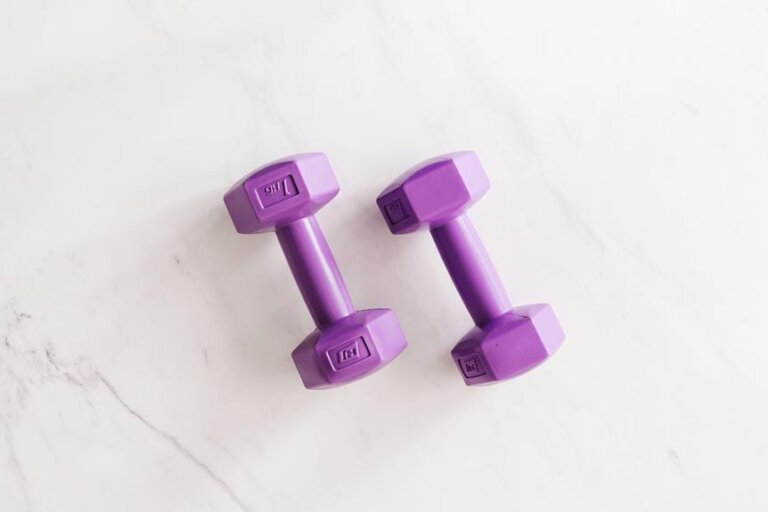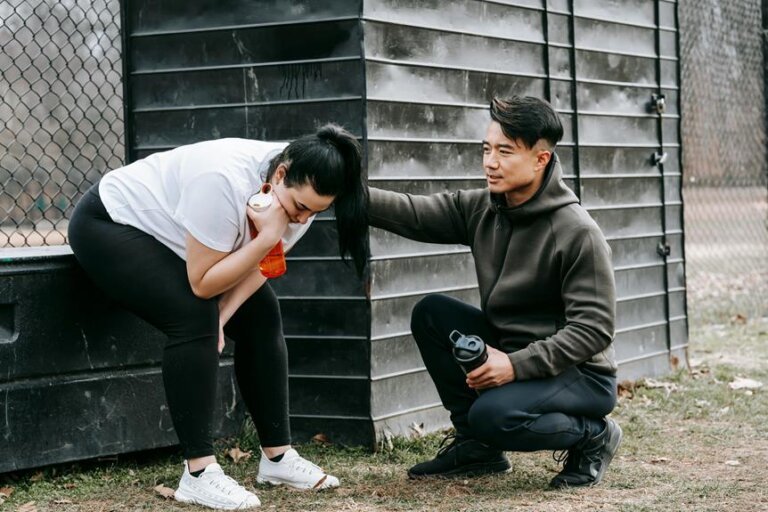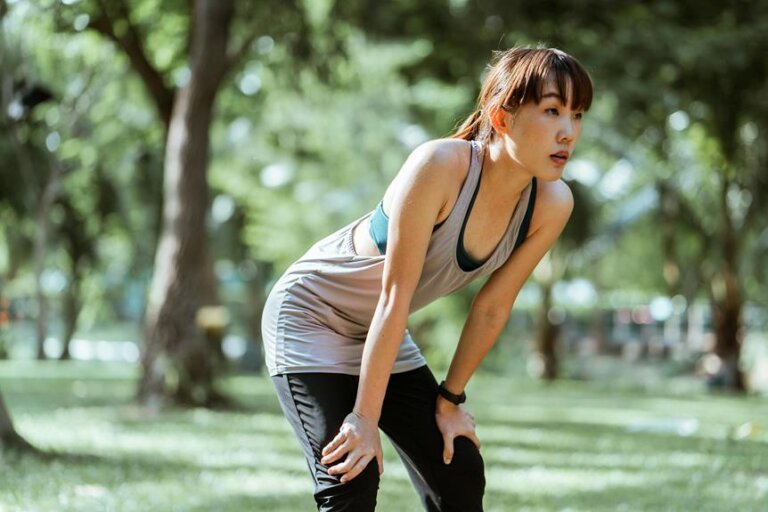How to Create a Safe and Effective Fitness Routine for Seniors
Imagine your fitness routine as a well-crafted recipe; just as each ingredient serves a purpose, every exercise should contribute to your overall well-being. Like a chef tailors a dish to suit individual tastes, creating a safe and effective fitness routine for seniors involves customization and care.
By understanding the unique needs of your body and selecting exercises that align with your goals, you can embark on a journey towards improved health and vitality. But how do you ensure that your routine is not only safe but also beneficial?
Let's explore the key steps together.
Importance of Senior Fitness
The importance of senior fitness can't be overstated in maintaining overall health and well-being. As you age, staying physically active becomes increasingly crucial to preserving mobility, independence, and quality of life. Engaging in regular exercise not only helps strengthen muscles, improve balance, and increase flexibility but also plays a significant role in preventing chronic conditions such as heart disease, osteoporosis, and diabetes. By incorporating fitness into your routine, you can enhance cardiovascular health, boost your immune system, and even elevate your mood through the release of endorphins.
Moreover, senior fitness isn't just about physical benefits; it also fosters social connections and cognitive function. Participating in group exercise classes or activities can combat feelings of loneliness and isolation while stimulating your brain through coordination and memory challenges. By prioritizing your fitness, you invest in a healthier, more fulfilling future, enabling you to enjoy your golden years to the fullest.
Assessing Individual Needs
To tailor a fitness routine for seniors effectively, it's essential to assess your individual needs and capabilities. Before starting any exercise program, consider factors such as your current fitness level, any existing health conditions, previous injuries, and personal goals. If you have any concerns or health issues, consult with your healthcare provider to get clearance for physical activity and to receive guidance on what exercises are safe for you.
Assessing your mobility and flexibility is crucial in determining the types of exercises that would be most beneficial. Understanding your balance and coordination can help in choosing activities that improve these areas. Additionally, evaluating your strength and endurance will help in selecting appropriate exercises to enhance these aspects of fitness.
Choosing Appropriate Exercises
Assessing your individual needs will guide you in selecting appropriate exercises tailored to your fitness level and health considerations. When choosing exercises for seniors, it's essential to focus on activities that improve balance, flexibility, strength, and cardiovascular health.
Low-impact exercises like walking, swimming, or cycling are gentle on the joints while still providing a good cardiovascular workout. Strength training exercises using resistance bands or light weights can help maintain muscle mass and bone density. Yoga and tai chi are great options for improving balance and flexibility, reducing the risk of falls. It's important to gradually increase the intensity and duration of your workouts as your fitness level improves.
Additionally, including exercises that target specific areas of concern, such as arthritis or osteoporosis, can help manage these conditions effectively. Remember to listen to your body and consult with a healthcare provider before starting any new exercise routine, especially if you have any underlying health issues.
Safety Tips for Seniors
When starting a fitness routine as a senior, prioritize your safety by incorporating these essential tips. Begin by consulting with your healthcare provider before beginning any exercise program. They can provide guidance on exercises that are safe based on your health condition and limitations. Always warm up before exercising to prepare your muscles and joints for physical activity. This can include gentle stretches or a brief walk.
Ensure you stay hydrated throughout your workout session and listen to your body. If you experience any pain, dizziness, or shortness of breath, stop immediately and rest. Use proper footwear to prevent slips and falls, and consider investing in any necessary assistive devices like walking sticks for added stability.
Remember to start slowly and gradually increase the intensity of your workouts to prevent injuries. Incorporate a mix of cardio, strength, flexibility, and balance exercises into your routine for overall fitness. By following these safety tips, you can enjoy the benefits of exercise while minimizing the risk of accidents or strain.
Monitoring Progress and Adjusting
Ensure you regularly track your fitness improvements and make necessary adjustments to your routine for continued progress and health benefits. Monitoring your progress is crucial for understanding how your body is responding to the exercises you're doing. Keep a workout journal or use fitness tracking apps to record your activities, sets, reps, and weights lifted. By reviewing these logs, you can identify patterns, strengths, and areas for improvement.
As you track your progress, be attentive to any changes in your strength, endurance, flexibility, or balance. If you notice plateaus or declines in performance, it may be time to adjust your routine. Consider increasing the intensity, duration, or frequency of your workouts gradually. Additionally, incorporating new exercises or variations can challenge your muscles in different ways and prevent monotony.
Consulting with a fitness professional or a healthcare provider can provide valuable insights into modifying your routine effectively. They can offer personalized recommendations based on your goals, limitations, and progress. Remember, adapting your fitness routine to suit your evolving needs is key to sustaining long-term health benefits and enjoyment from exercise.
Frequently Asked Questions
Are There Any Specific Nutritional Recommendations for Seniors Looking to Improve Their Fitness Levels?
When improving fitness levels, seniors benefit from nutritional recommendations like balanced meals with lean proteins, whole grains, fruits, and vegetables. Stay hydrated, limit processed foods, and consider consulting a dietitian for personalized advice to support your fitness goals.
How Can Seniors Stay Motivated to Stick to Their Fitness Routine in the Long Term?
Feeling discouraged from time to time is normal, but remember, consistency is key. Embrace small victories, set realistic goals, find activities you enjoy, and surround yourself with support. Celebrate progress and stay committed.
What Are Some Common Mistakes That Seniors Should Avoid When Starting a New Fitness Routine?
When starting a new fitness routine, seniors should avoid pushing too hard too soon, neglecting proper warm-ups, ignoring hydration needs, skipping rest days, and not seeking professional guidance. Take it slow and stay safe.
Are There Any Specific Exercises That Seniors Should Avoid Due to Potential Injury Risks?
Avoid high-impact activities like running or jumping, as they can strain joints. Steer clear of heavy weightlifting without proper guidance. Listen to your body, and if an exercise causes pain, stop immediately to prevent injury risks.
How Can Seniors Find a Qualified Fitness Instructor or Personal Trainer Who Specializes in Working With Older Adults?
When searching for a qualified fitness instructor for seniors, look for a guide who navigates the fitness journey like a seasoned captain steers a ship through calm waters. Seek experience, certifications, and a tailored approach to your needs.
Conclusion
Now that you have all the tools to create a safe and effective fitness routine for seniors, it's time to take action.
Remember, consistency is key to seeing results, so don't give up too soon. Keep pushing yourself, staying mindful of your body's limits, and enjoy the journey to a healthier and happier you.
Who knows what amazing changes you'll see if you just keep going…




